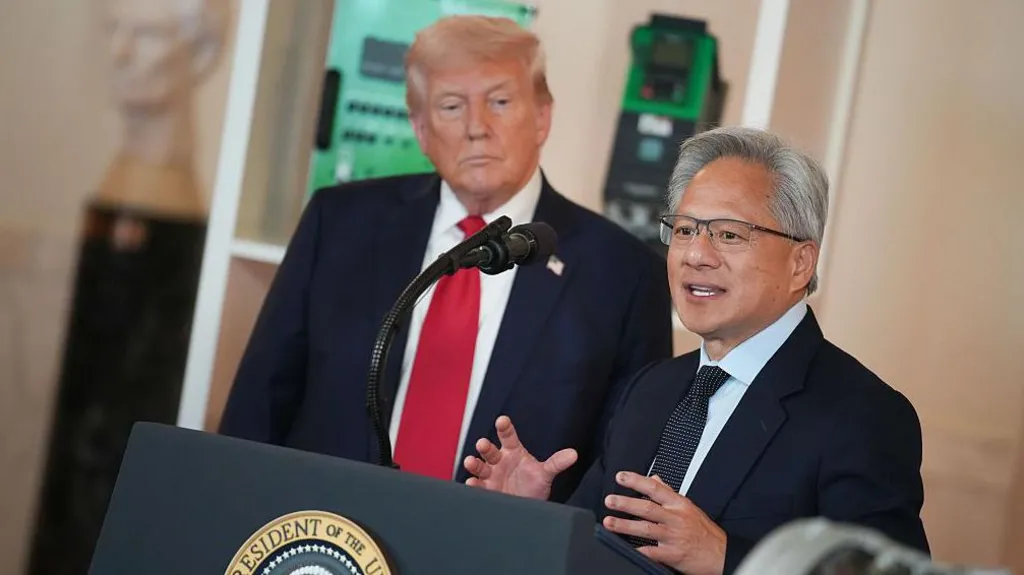China’s Territorial Hegemony in the South China Sea
Territorial issues between China and the Philippines in the South China Sea (SCS) have once again raised questions about China’s intentions in the region. Hostilities have increased between the two countries in the recent months in the key shipping route that sees USD 3 trillion worth of global trade transiting each year. In talks with Chinese officials, Philippine diplomats have often protested over China’s aggressive behaviour in the SCS.
The Second Thomas Shoal, also known as the Ayungin Shoal, is a disputed area in the SCS, controlled by the Philippines military but claimed by China. The Philippines claims that the Shoal lies within EEZ and has also ordered its military to ramp up patrols in the SCS.
China has been interfering in fishing activities in the Philippines EEZ in the SCS. In recent times, Chinese vessels have obstructed Filipino fishermen in traditional fishing grounds; rammed and sunk a Filipino fishing boat; interfered in Philippines Exclusive Economic Zone EEZ; and used a military grade laser light against a Philippine Coast Guard ship, temporarily blinding its crew.
Chinese fishing vessels and maritime militia have been deployed in large numbers to fish and anchor in the principal coral reefs and fishing grounds of Philippine fishers.
To ensure the safety of ships’ navigation and operations, the Philippines deployed five flagged buoys from May 10 to 12 in areas within its 322 km EEZ to assert territorial sovereignty. In order to assert its sovereignty in the SCS, China set up three navigation beacons in the region to offset the navigation buoys placed by the Philippines.
The Philippines under Marcos has stepped up its rhetoric to challenge China and is seeking closer ties with the US, including plans to hold joint sea patrols. In ordain to expose China’s aggression in the SCS, Philippines has taken many steps, like inviting a group of journalists to join a patrol of the strategic waterway.
The US has assured the Philippines that it would assist Philippine forces in the event of a SCS contingency under the United States-Philippines Mutual Defence Treaty. The Philippines has already identified four new military areas where US forces will be allowed to stay indefinitely, despite strong objections from China.
China has become increasingly assertive over its claim to the SCS, developing military bases on artificial islands and deploying the coastguard, maritime militia
and fishing vessels in support of its claims. China has multiple conflicts regarding territorial rights in the SCS with the Philippines, Vietnam, Malaysia, Taiwan and Brunei as the area, besides being a crucial sea lane, has an estimated 11 billion barrels of untapped oil and 190 trillion cubic feet of natural gas.
Vietnam has often raised issues regarding China’s manoeuvring in the SCS and a Chinese vessel purportedly came within 10 metres of a Vietnamese Fisheries Surveillance vessel while inside Vietnam’s EEZ. In 2014, Vietnam had protested the deployment of China’s largest and most modern oil rig, HD-981, 100 nautical miles off the Vietnamese coast for drilling. Malaysia has also raised the issue of maritime encroachments with China and vowed to press ahead with exploration for resources.
The aggressive postures of China in the SCS are part of Xi Jinping’s expansionist foreign policy agenda which includes militarisation of the SCS. China has built artificial islands with military installations in contested waters. It continues to reject a 2016 ruling by an international arbitration court, in a case filed by the Philippines, which invalidated China’s assertion of sovereignty in the SCS.
The SCS is a major sea lane for China’s global supply chain. It is also a key part of China’s Maritime Silk Road. Any restriction on shipping in the SCS would be a huge setback to Beijing as currently it struggles to recover economically.












